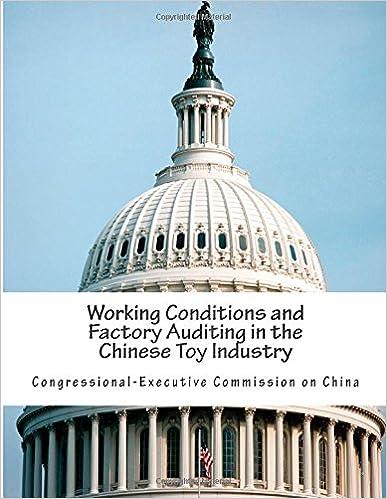
East Food Company imports food products such as meats, cheese, and pastries to the U.S. from warehouses at ports in Rome, Seville, and Rotterdam. Ships from these ports deliver the products to U.S. ports, i.e. Hampton, Charleston, and Jacksonville, where they are stored in company warehouses before being shipped to distribution centers in Houston, Kansas City, and Minneapolis. The products are then distributed to specialty food stores and sold through catalogs. The shipping costs ($/1,000 lb.) from the European ports to the U.S. ports and the available supplies (1,000 lb.) at the European ports are provided in the following table: European Port Jacksonville Supply Rome Seville Rotterdam 55 U.S. Ports Charleston $390 590 360 Hampton $420 510 450 Jacksonville $610 470 480 50 37 The transportation costs ($/1,000 lb.) from each U.S. ports of the three distribution centers and the demands (1,000 Ib.) at the distribution centers are as follows: U.S. Ports Houston 75 125 81 Hampton Charleston Jacksonville Demand Distribution Center Kansas City Minneapolis 63 110 95 82 95 45 50 68 60 a. [2 Marks] Develop a mathematical model that minimizes total transportation costs between the European ports and the warehouses and the distribution center at the U.S. b. [1 Mark] Solve it using software and show the results. c. [1 Mark] What is the minimum total transportation cost? d. [1 Mark] Discuss the results in the context of the slack/surplus. East Food Company imports food products such as meats, cheese, and pastries to the U.S. from warehouses at ports in Rome, Seville, and Rotterdam. Ships from these ports deliver the products to U.S. ports, i.e. Hampton, Charleston, and Jacksonville, where they are stored in company warehouses before being shipped to distribution centers in Houston, Kansas City, and Minneapolis. The products are then distributed to specialty food stores and sold through catalogs. The shipping costs ($/1,000 lb.) from the European ports to the U.S. ports and the available supplies (1,000 lb.) at the European ports are provided in the following table: European Port Jacksonville Supply Rome Seville Rotterdam 55 U.S. Ports Charleston $390 590 360 Hampton $420 510 450 Jacksonville $610 470 480 50 37 The transportation costs ($/1,000 lb.) from each U.S. ports of the three distribution centers and the demands (1,000 Ib.) at the distribution centers are as follows: U.S. Ports Houston 75 125 81 Hampton Charleston Jacksonville Demand Distribution Center Kansas City Minneapolis 63 110 95 82 95 45 50 68 60 a. [2 Marks] Develop a mathematical model that minimizes total transportation costs between the European ports and the warehouses and the distribution center at the U.S. b. [1 Mark] Solve it using software and show the results. c. [1 Mark] What is the minimum total transportation cost? d. [1 Mark] Discuss the results in the context of the slack/surplus







